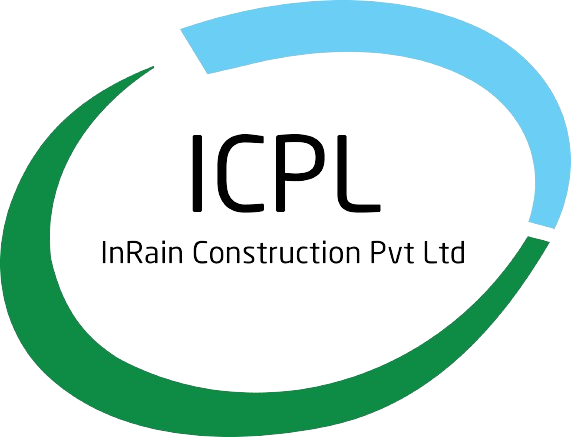
Eco Rainwater Harvesting System
Water scarcity is a pressing global issue, and as populations continue to grow, it becomes imperative to explore alternative methods for water conservation. One such method gaining popularity is rainwater harvesting. This ancient practice has gained renewed attention in recent years due to its potential to mitigate water shortages, reduce strain on existing water sources, and promote sustainable water management. In this article, we will delve into the various aspects of rainwater harvesting systems, their benefits, and how they contribute to a more sustainable future.
The Importance of Rainwater Harvesting
Rainwater is a precious resource that, if properly harnessed, can address water scarcity challenges faced by communities around the world. Rainwater harvesting offers several advantages over conventional water sources, including reduced reliance on municipal water supplies, lowered strain on groundwater reserves, and decreased storm water runoff that can lead to flooding and erosion. Additionally, rainwater is naturally soft and free from many contaminants found in other water sources, making it suitable for various non-potable uses such as irrigation, toilet flushing, and industrial processes.
Components of a Rainwater Harvesting System
A Rainwater Harvesting System consists of several key components that work together to capture, store, and distribute rainwater. The primary components include: Catchment Surface: This can be the rooftop of a building, which acts as a surface to collect rainwater. The catchment surface should be made of materials that are safe and non-toxic for water storage. Polymer as strong as metal.
Gutters and Downspouts: These channels collect rainwater from the catchment surface and direct it into the storage system.Leaf Screens and Filters: These prevent debris, leaves, and other contaminants from entering the storage system and clogging the pipes or tanks.Storage Tanks: These are containers designed to hold and store the collected rainwater. Tanks can be above ground or underground, depending on space availability and local regulations.First Flush Diverters: These devices ensure that the initial runoff, which may contain pollutants and debris, is diverted away from the storage system.Pumps and Distribution Systems: These components are used to extract and distribute the harvested rainwater for various uses, such as irrigation or indoor non-potable water needs.
Benefits of Rainwater Harvesting
Implementing a rainwater harvesting system brings numerous benefits. Firstly, it reduces the strain on traditional water sources, such as rivers and groundwater, thereby ensuring their long-term sustainability. Secondly, rainwater harvesting helps mitigate the impact of urbanization by reducing storm water runoff and the risk of localized flooding. Additionally, utilizing rainwater for non-potable uses like irrigation can result in significant cost savings for homeowners and businesses by offsetting the need for treated municipal water.
Moreover, rainwater harvesting promotes self-sufficiency and resilience, particularly in regions prone to droughts or water restrictions. It empowers individuals and communities to take charge of their water supply and become less reliant on centralized infrastructure. Lastly, by reducing the demand for water from centralized sources, rainwater harvesting contributes to energy savings associated with water treatment and distribution.
Considerations and Maintenance
When installing a rainwater harvesting system, it is essential to consider factors such as local regulations, the size of the catchment area, and the intended uses of the harvested water. Regular maintenance, including cleaning gutters, screens, and filters, is crucial to ensure the system operates efficiently and the stored water remains clean and safe for its intended purposes.
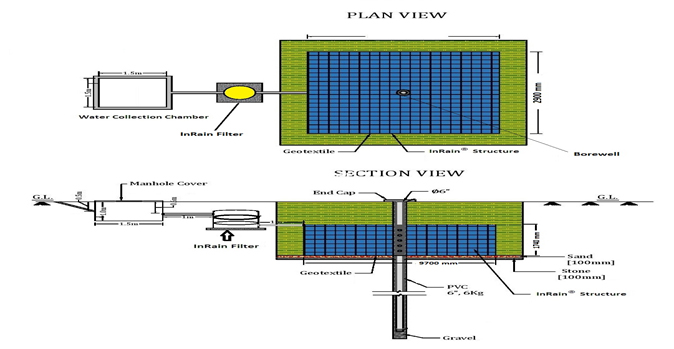
How the Ecorain System Works?
Our Ecorain Rainwater Harvesting System is designed with modern efficiency and simplicity in mind. It includes all the essential components needed for smooth operation and minimal maintenance:
Catchment Surface – Usually the rooftop of a building, made of durable, non-toxic materials. Our systems use polymer surfaces as strong as metal for better performance and longevity.Gutters & Downspouts – Direct the rainwater from the roof to the storage system.Leaf Screens & Filters – Block leaves, dirt, and other debris from entering the tank.Storage Tanks – Can be installed above or below ground, depending on your space. Built for strength and designed for long-term use.First Flush Diverters – Ensure that the first dirty runoff (which may contain pollutants) is diverted away from your clean water supply.Pumps & Distribution Units – Help move water to where it’s needed, whether it’s the garden, your washroom, or a factory floor.
The Ecorain Advantage :
✅ Saves Water & Money – Reduces your reliance on treated municipal water and slashes water bills.✅ Eco-Friendly – Helps recharge groundwater and manage rain runoff responsibly.✅ Ideal for Urban & Rural Spaces – Works great in homes, commercial complexes, schools, and industries.✅ Low Maintenance – Designed for easy upkeep with minimal effort.✅ Empowers Self-Reliance – Puts control of water resources back into your hands.✅ Energy Efficient – Reduces the energy needed to treat and transport water through centralized systems.
Our Happy Clients
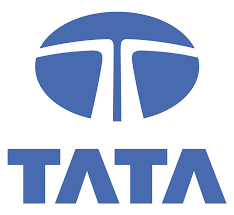
TATA
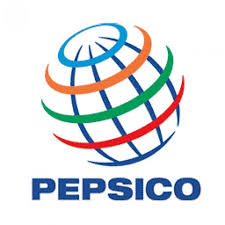
PEPSICO
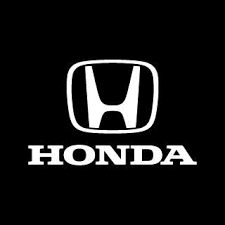
HONDA
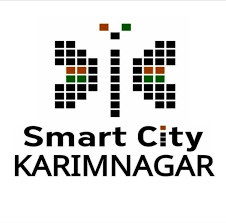
SMART CITY KARIMNAGAR
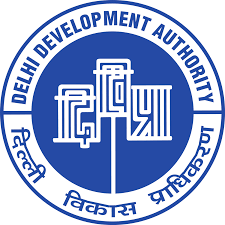
DELHI DEVELOPMENT AUTHORITY

PRADHANMANTRI SANGRAHALAYA
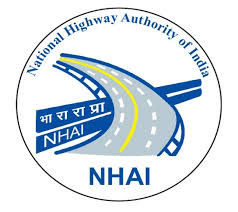
NHAI

INTERNATIONAL ARRIVALS
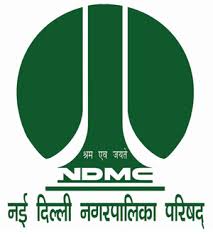
NDMC
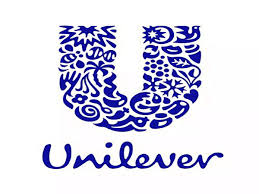
HINDUSTAN UNILEVER
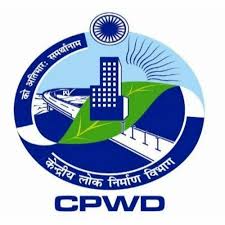
CPWD
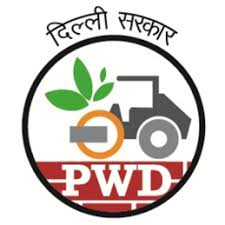
PWD
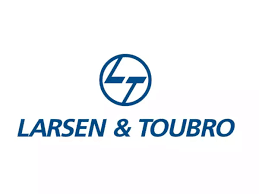
LARSEN & TOUBRO
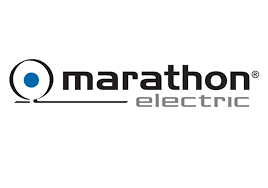
MARATHON ELECTRIC
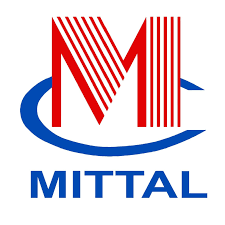
MITTAL CONS.

GMDA
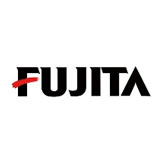
FUJITA

BROOKFIELD PROPERTIES
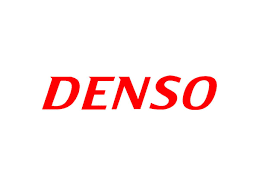
DENSO

GLS
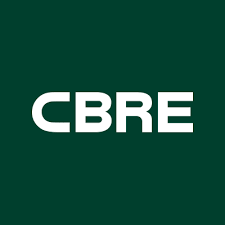
CBRE
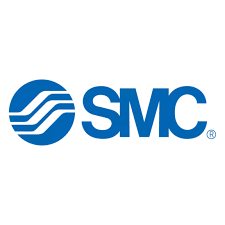
SMC
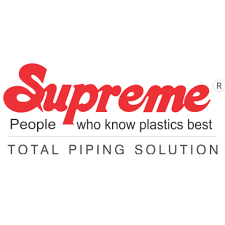
SUPREME PIPES
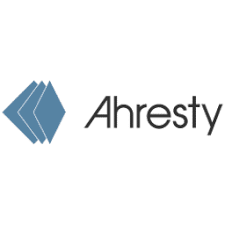
AHRESTY
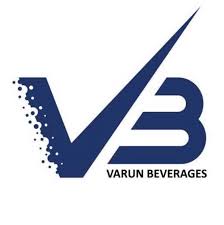
V3




